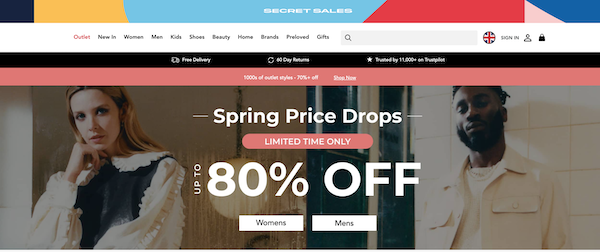The goal of achieving a Single Customer View is still a high
priority amongst marketers, but as shown in the Digital Marketing Insight
Report 2014, less than a quarter of digital marketers (21%) admitted that they
have achieved it. However, the positive news is that this figure is set to more
than double in the next two years, with 57% predicting that they will have
achieved a single customer view by the end of 2016.
This predicted increase demonstrates that there is a very
clear objective within the marketing industry
to attain deeper and more complete customer understanding through the use of
detailed data. The report further highlighted that today just 25% of
organisations are using individual customer level interaction data from their
digital channels to create far more effective and personalised marketing
campaigns with the goal to drive better customer engagement and increase
conversion.
So how can brands and organisations achieve this detailed
customer insight? Historically, web analytics based on aggregated data has had
a huge role to play, providing critical insight into overall online performance
and strategic direction – and this is still true today. But what has changed is
the sheer volume and granularity of online customer data available. This has led
to changes in not just data storage, but also the sophistication of customer
analytics now possible. When a retailer has the same detailed knowledge about
an individual’s online behaviour across all digital channels as their offline
interactions such as call centre records and transaction history, it’s then
possible to not just create a complete Single Customer View, but also use that
to drive true omnichannel marketing.








Share